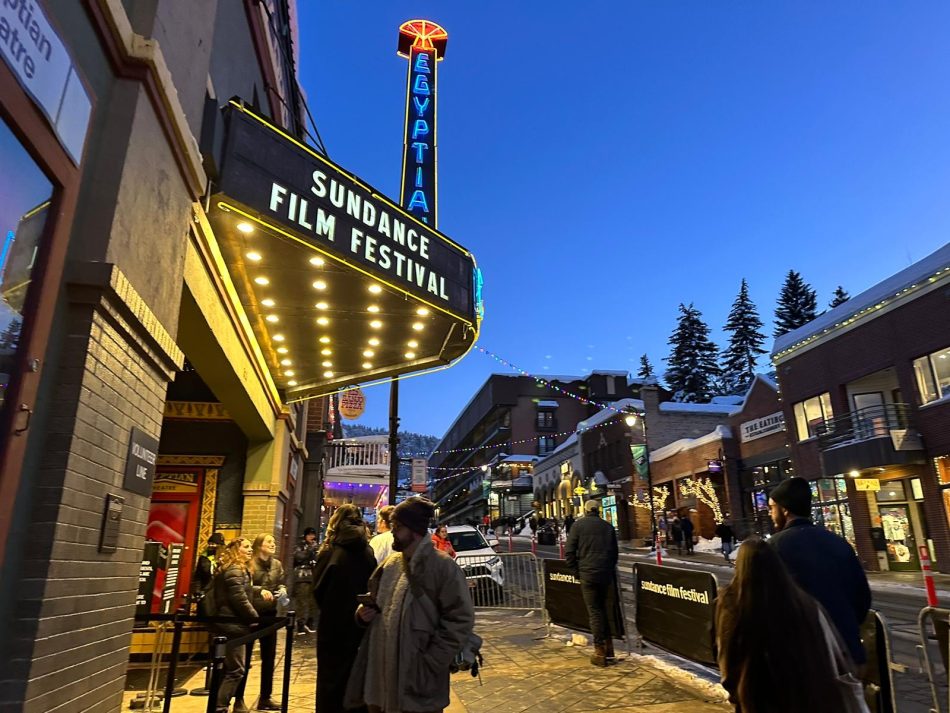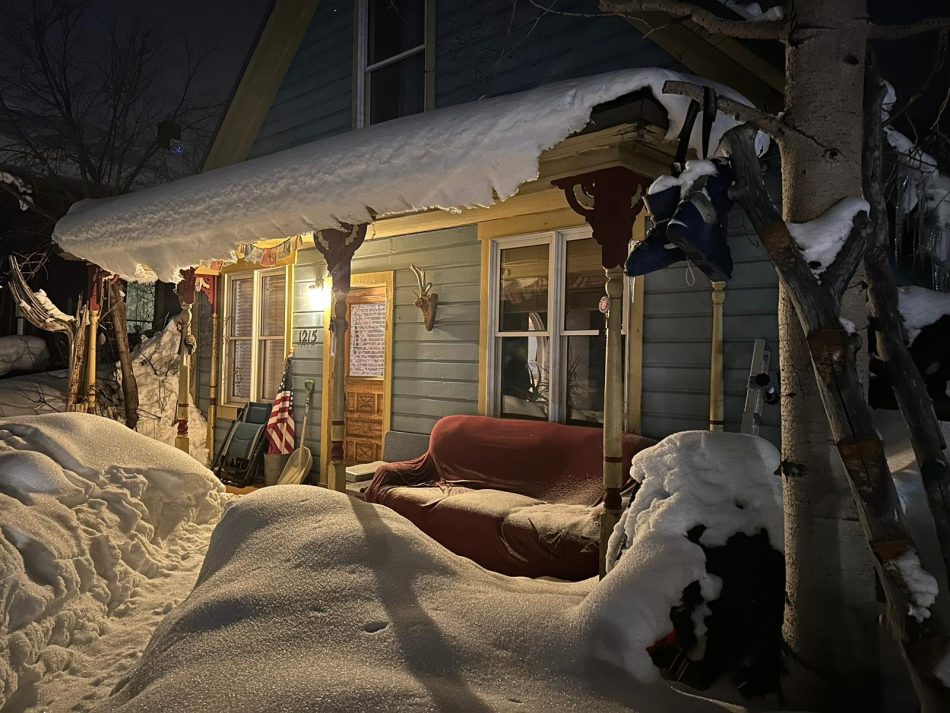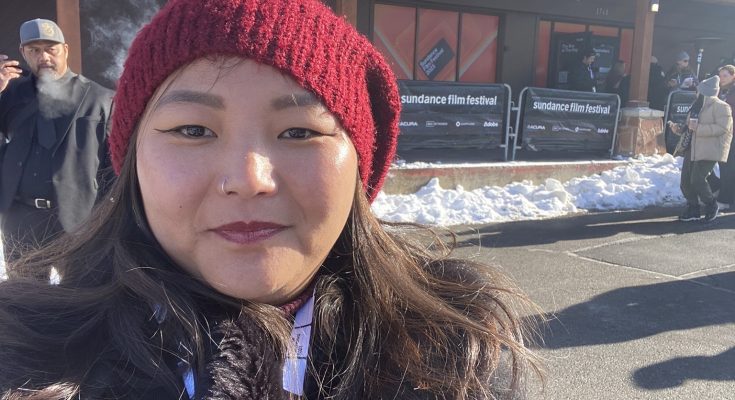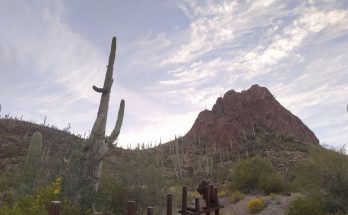We landed in Salt Lake City at quarter to 5 in the evening. Surrounded by snow-peaked mountains that were such a beautiful sight to behold, even from the comforting confines of the airport, we could not contain our excitement to commence a star-studded weekend of independent films. Katerina Barushka (Humphrey fellow from Belarus) and I had landed the prestigious opportunity of covering one of the most talked about film festivals in the world, which has launched the careers of many Hollywood celebrities and conversations that have influenced society and politics.

The indie film fest brings millions of people to the picturesque yet sleepy towns of Salt Lake and Park City every year (until the pandemic hit in 2020); however, before we could begin jumping with joy, we had to rush to Park City to pick up our press passes if we wanted to catch any action that Friday, the second day of the festival. We were running against time since the press office would close by 6 pm and Park City is over 40 miles, which can take more than an hour to get to during peak traffic. Even as we were rushing to make it in time, we giggled like school girls on our first ride to the city as we ascended the pillowy mountains covered with 3-6 feet deep snow that was prime for skiing and snowboarding. Alas, we couldn’t get our passes that day as we were late by 3 minutes (!!!), and none of our pleadings, pursuing, and groveling worked on the organizers.

We didn’t have the heart to spend the same amount of money only to head back to our budget hotel in Salt Lake City, so we decided to Uber it to the nearby bus station. Having spent almost $70 to get to the venue only to have the door shut on us was disheartening, to say the least. Walking out in the cold at -10 degrees celsius on slippery pavements as we lamented our insufficient layering and bare hands nearly catching frostbite, waiting for a bus that would arrive only once every hour, the irony of attending an indie festival in one of the most expensive cities in the thick of winters hit me as hard as the icy breeze. In such moments when I’m thankful for being where I am, it also makes me despondent to ponder the great inequality in American society. Finally, when the bus arrived, we got the only good news of the day – the shuttle was complimentary as a part of the festival.

The following two days were spent watching some magnificent films like Fancy Dance (a US feature about murdered indigenous women gone missing from native reservations), Past Lives (what a Korean American woman left behind in her family’s fulfillment of the American dream), 20 Days in Mariupol (a documentary on the Russian war crimes in the Ukrainian city captured by journalists from the Associated Press) and Flora and Son (a single Irish mother’s struggle raising her son while chasing her own dreams and desires) among others. All of these films were about representing the underdog, so to speak, and showcasing their strength and resilience in the face of adversity from society, colonial powers, and war-mongering fascists. Much as I enjoyed the films that deserve to be seen by everyone, not all may have the potential for commercial success like Marvel movies; I couldn’t shake off the reality of this festival also serving as some pontificating ground for elite intellectuals. It reminded me of the debates back home where film or art festivals capitalized on themes of poverty and power imbalances while remaining inaccessible to those on whom the work is based.

My friend, an actor who had attended the festival for her own film premiere, aptly remarked that every film in the festival would begin with paying respect and recognition to the native communities who are the original guardians of the land. The line, “the land does not belong to us; we belong to the land,” played on a loop as we sat down with our drinks and popcorn for an exclusive showcase. “As an indigenous person with a deep connection to my homeland, I felt terrible to see what had become of it here. They keep seeing native owners, but all property owners in Park City are rich white people,” she told me.

Much as it pinched our very shallow pockets to take Uber rides back and forth from Salt Lake City to Park (living on a tight budget in a country where the currency is several times higher than ours), coming to Sundance also reminded us of how privileged we were. One of my favorite moments was at the LatinX house, where Mexican actor Tenoch Huerta talked about making it big in Hollywood after his fantastic portrayal of a native supernatural God in Black Panther: Wakanda Forever. Huerta was unhinged in speaking truth to power about the advantages of being a White Latino in Hollywood or, at the very least, being a man (“with a penis between his legs like most of the producers and directors”). He said about his humble beginnings, “I bet none of you here are working class. How else could you afford to be in Park City?”
The festival allowed me to meet Inuit lawyer and human rights activist Aaju Peters from Canada. A documentary titled “Twice Colonized” was made about his life. It also allowed me to connect with fellow South Asians at the very first South Asian Lodge that was inaugurated this year. Yet, there’s so much this festival can do to push the card of representation than it already does through the Sundance lab for emerging artists. After all, this festival that started in 1978 owes its origins to a rich white actor (Robert Redford) inviting a few of his friends on a skiing trip to watch indie films and falling in love with the place.
The Utah Film Commission and Redford could do more and expand the Sundance audience beyond their ilk, who are anyway coming for their next skiing trip.





